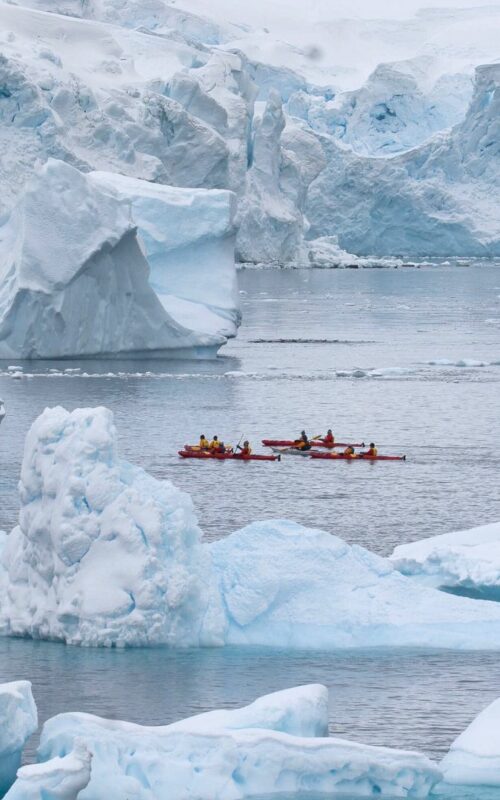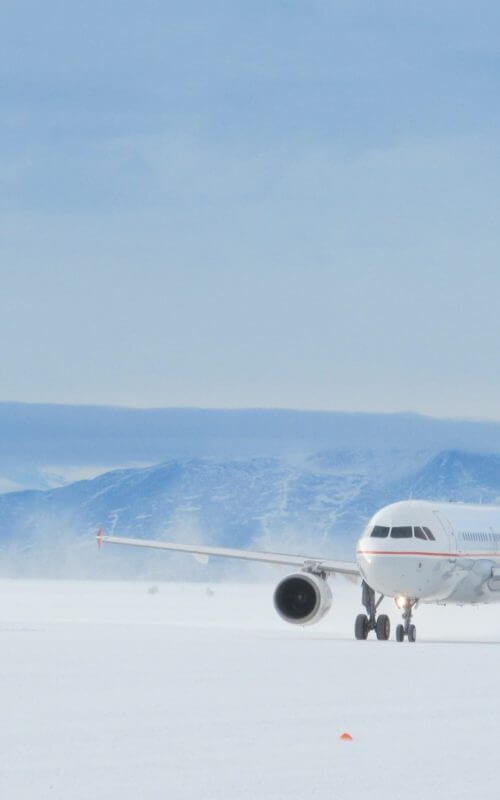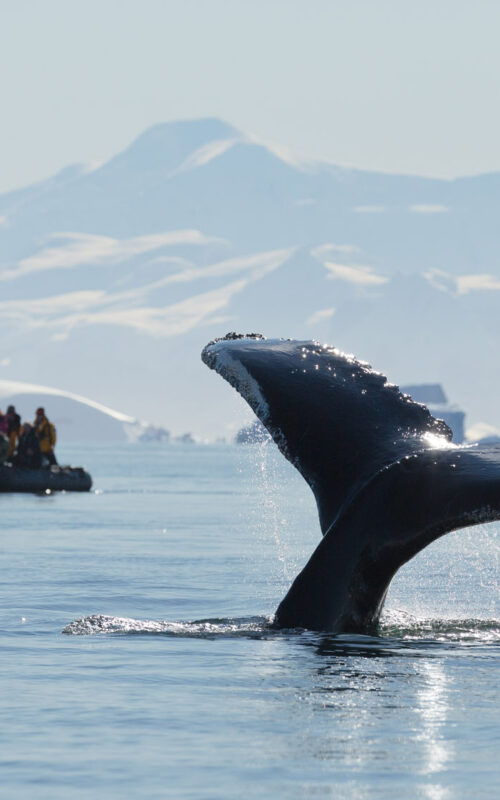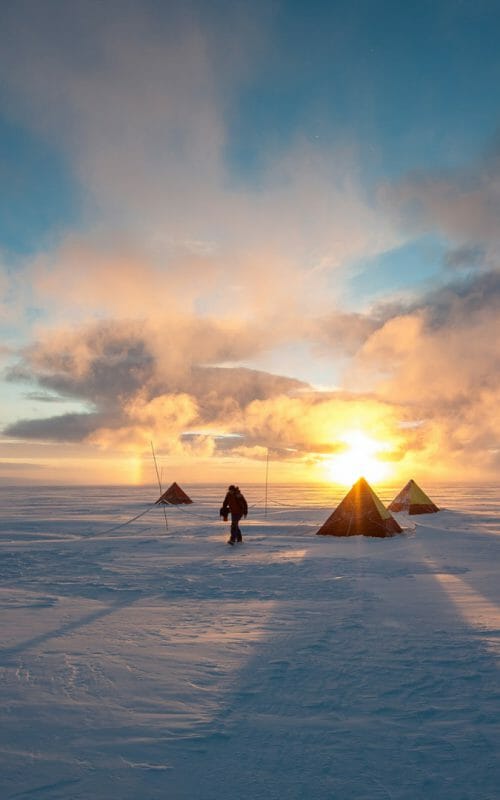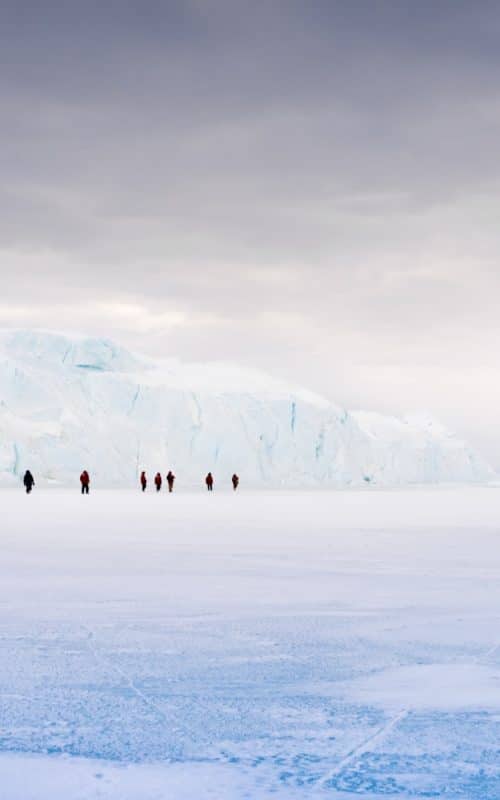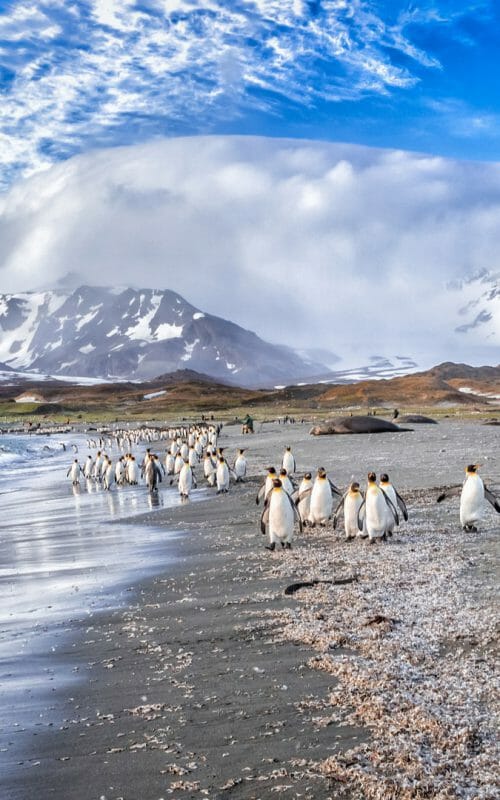If the only thing standing between you and a once-in-a-lifetime voyage to Antarctica, the Arctic, or the Galapagos, is worrying about seasickness, then we have exactly what you need. Our top tips on how to prevent seasickness will put your mind at ease and have you booking some of the world’s greatest travel experiences in no time.
What causes seasickness?
Seasickness is a form of motion sickness and happens when the body, inner ear and the eyes send conflicting signals to the brain. The fluid in your inner ear forms part of your balance mechanism; when your inner ear detects these changes in both up and down and side to side acceleration but your eyes register a fairly stable scene, this incongruity causes seasickness.
Our top tips for preventing seasickness
When it comes to seasickness, it is always best to be prepared – prevention is better than cure. Every person is different and not everything works for everyone, so it is about finding the best solution for you.
First things first, motion sickness can be a psychophysiological response. As well as the physiological cause of motion sickness, if you assume that you will be seasick then this can also trigger your body’s response.
Speak to a Pharmacist about medication before your voyage, as there are numerous types available. The expedition leader and ship’s captain will be monitoring weather patterns closely and will always give as much advance warning of inclement weather as possible. This gives you the opportunity to make sure you take medication in good time, do not wait until you actually feel unwell.
Whilst on the boat, we recommend:
- Drinking plenty of water to make sure you are well hydrated.
- Eating little and often – don’t stop eating, but make sure to avoid fatty foods.
- Spend plenty of time in the fresh air and look out at the horizon and not towards the stern. This might be surprising, but a balanced horizon can work wonders for seasickness. This is often a great time to watch for birdlife as they use the uplift of the waves, but avoid using binoculars and cameras.
- Lie down and try to sleep for a couple of hours.
If you are concerned, speak to our team who have experienced the seas around the world, from the glassy flat to a force 11 “Drake shake”.

